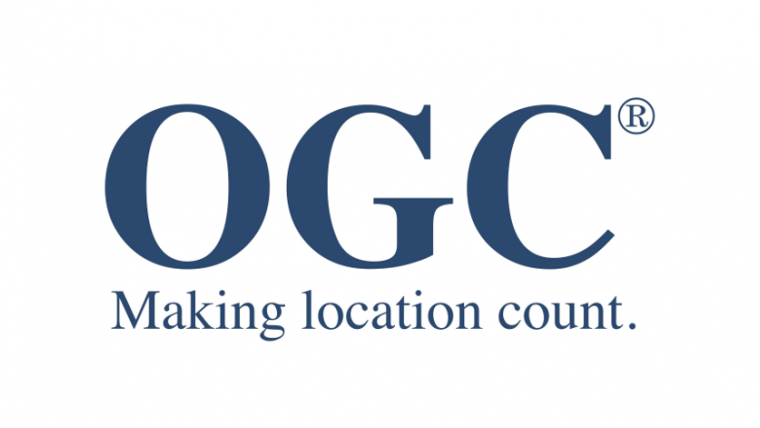CityGML 3.0 Conceptual Model Approved as Official OGC Standard
The Open Geospatial Consortium (OGC) has announced that the OGC Membership has approved the CityGML v3.0 Conceptual Model for adoption as an official OGC Standard.
Since its first publication by OGC in 2008, CityGML has been an open standard used for the storage and exchange of virtual 3D city models. CityGML allows the integration of urban geodata for use across a variety of applications, including urban and landscape planning; Building Information Modelling (BIM); mobile telecommunication; disaster management; 3D cadastre; tourism; vehicle & pedestrian navigation; autonomous driving and driving assistance; facility management; and energy, traffic and environmental simulations.
CityGML 3.0 is an evolution of the previous versions 1.0 and 2.0 of CityGML that further enables the cost-effective sustainable maintenance of 3D city models. While previous versions standardised a GML exchange format, CityGML 3.0 standardises the underlying information model and can thus be implemented in a variety of technologies beyond GML. As a result, governments and companies can increase the ROI of their 3D city models by being able to put the same models into play across different technology platforms and application fields.
Better integration with BIM
The CityGML 3.0 Conceptual Model Standard describes a common semantic information model for the representation of 3D urban objects. This new version of CityGML allows data to be encoded in GML, but also in JSON or database schemas. Additional benefits compared to previous versions include much better integration with BIM, the ability to represent indoor spaces in different Levels of Detail (LOD), support for dynamic sensor data, and the capability to extend the information model into Application Domain Extensions using Model Driven Architecture tools.
CityGML defines a “City” in a broad fashion to comprise not just built structures, but also elevation, vegetation, water bodies, city furniture and more. Included in the Standard are generalization hierarchies between thematic classes, aggregations, relations between objects and spatial properties.
Large areas and small regions
Despite its name, CityGML is useful for large areas and small regions, not just cities, and can represent the terrain and 3D objects in different Levels Of Detail simultaneously. Since both simple, single-scale models without topology and few semantics as well as rich multi-scale models with full topology and fine-grained semantic differentiations can be represented, CityGML enables the consistent representation of 3D urban objects across different geographic information systems and users.
The latest version 3.0 of CityGML brings many new features:
- The Conceptual Model is now separate from the Data Encodings (i.e. data transfer formats and storage representations), and is completely based on the ISO 191xx specifications. A GML encoding is available for practical use and will be issued as a separate encoding standard in due course. Further exchange and storage formats will also be published in the future.
- A refined core model - which is now centered around two concepts of ‘space’ and ‘space boundary’ to improve semantics, unify representation, facilitate generalized reasoning on the urban fabric, and improve interoperability with other standards.
- Comprehensive support for representing changes and time-dependent data sourced from IoT devices, sensors, simulations, and more - enabling true 4D city models of particular use in Smart Cities and Urban Digital Twins, as well as historical versioning.
- An improved information model for buildings with increased interoperability with the EU INSPIRE building information model and the OpenBIM IFC standard.
- The Levels Of Detail (LOD) concept has been refined to support multiple LODs for indoor features. This facilitates, for example, the representation of building interiors by floor plans.
- A refined data model for traffic spaces, including the integrated modeling of multi-modal transportation features, i.e. joint representation of road space, railway space, waterways, and pedestrian space. Traffic spaces can be represented in different granularities down to individual driving lanes. This makes CityGML 3.0 especially useful for navigation systems, traffic simulations, driving assistance, and autonomous driving.
- A new Point Cloud module where objects can additionally be represented by 3D point cloud data as acquired from laser scanning or stereo-photogrammetry (robots, UAVs, mobile mapping systems), where links between points and their respective city objects are established.
As many datasets using both CityGML 1.0 and 2.0 have been created and are in active use, these specifications will not be deprecated. However, for those looking to take advantage of the new features, existing CityGML data can be upgraded to CityGML 3.0.

Value staying current with geomatics?
Stay on the map with our expertly curated newsletters.
We provide educational insights, industry updates, and inspiring stories to help you learn, grow, and reach your full potential in your field. Don't miss out - subscribe today and ensure you're always informed, educated, and inspired.
Choose your newsletter(s)












